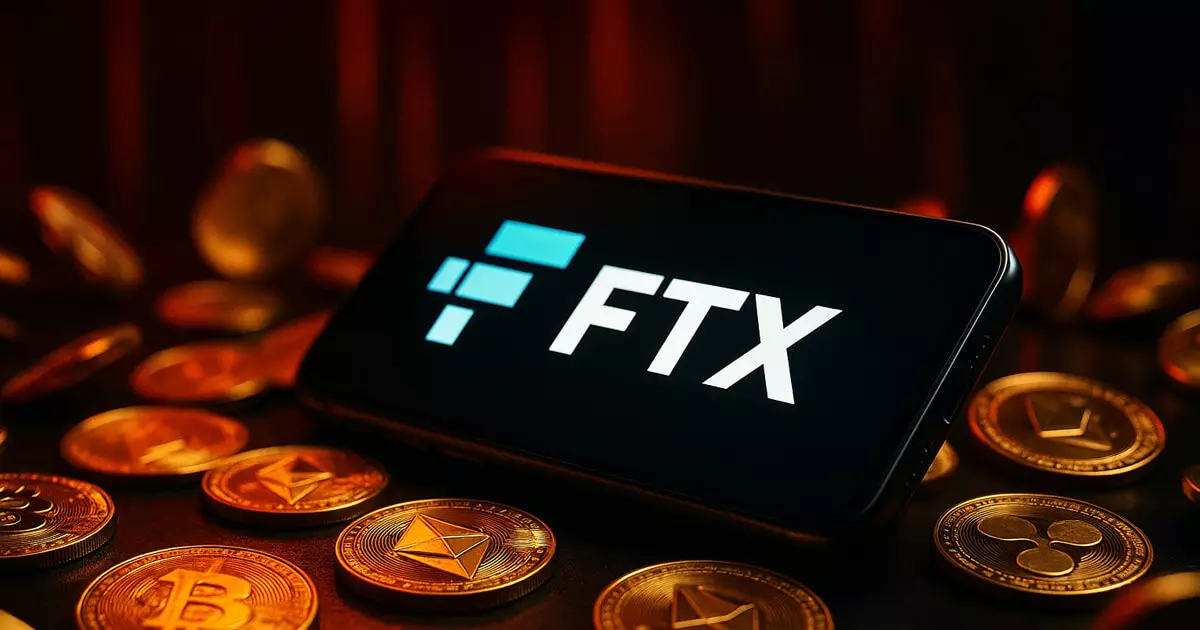The recent initiation of the second phase of FTX’s repayment strategy, overseen by BitGo, has stirred a swirl of mixed emotions among former users of the troubled exchange. On the surface, it appears to be a step forward, a glimmer of hope amid the chaos that followed FTX’s infamous downfall. However, it is crucial to approach this development with a critical eye. While the motion to credit user accounts is indeed a positive metric, the qualifiers surrounding the release of these funds raise eyebrows. The fact that these funds remain untouchable until May 30 makes one ponder the extent to which FTX is truly ready to facilitate recovery in an expeditious and user-friendly manner.
The Flawed Compensation Structure
Interestingly, the repayment model has a significant flaw in its conception. By affixing repayment amounts to the volatile crypto prices from late 2022—a period rife with uncertainty—FTX has inadvertently exacerbated the discontent among its creditors. This approach seems designed to further FTX’s interests while dismissing the financial realities faced by those who trusted the platform. With Bitcoin prices making a remarkable resurgence—from a dismal sub-$20,000 mark to a staggering $110,000—creditors find themselves in an increasingly vexing situation. They are being compensated under outdated metrics while the market gears up for a potential bull run. One has to ask: is the intention to undermine the creditors, or is it merely incompetence at managing a bankruptcy plan?
The Allure of Fraud Amid Recovery
As if the payment debacle wasn’t enough, the surge in phishing attempts targeting FTX creditors adds another layer of complexity and urgency to this narrative. Sunil Kavuri’s timely warning serves as a reminder of the rotten underbelly that thrives amid financial chaos. Fake emails impersonating BitGo, Kraken, and FTX are surfacing, luring unwitting recipients into a trap of deceit. The alarming rise in criminal activity not only compounds the stress that creditors are under but also diverts attention from the core issue: re-establishing trust in a brand largely seen as having betrayed its users.
Fiat vs. Crypto: The Ongoing Dilemma
To exacerbate the situation, the majority of repayments will be made in fiat currency, a move that sits heavily on the shoulders of many crypto enthusiasts. These users had placed their faith in digital assets and expected that their reimbursement would reflect the spirit of the crypto world: transparency, fairness, and liberation from traditional financial systems. Trending on social media platforms is a growing chorus of discontent as users feel that the bankruptcy plan not only disregards their original investments but also capitalizes on their vulnerability.
The Broader Implications for the Crypto Community
FTX’s situation is not merely an isolated case; it serves as a cautionary tale for the entire cryptocurrency ecosystem. The plight of the creditors spotlights the inherent risks in relying on frameworks that may not be well-suited for a nascent and volatile market. A critical evaluation of these repayment mechanisms, and the moral obligations of companies in the wake of their failures, is essential. Unless steps are taken to overhaul these flawed systems, the broader crypto community risks facing a growing dissent, potentially causing users to retreat into traditional finance systems, thereby undermining the philosophy that crypto aims to promote: trust, community, and decentralization.















